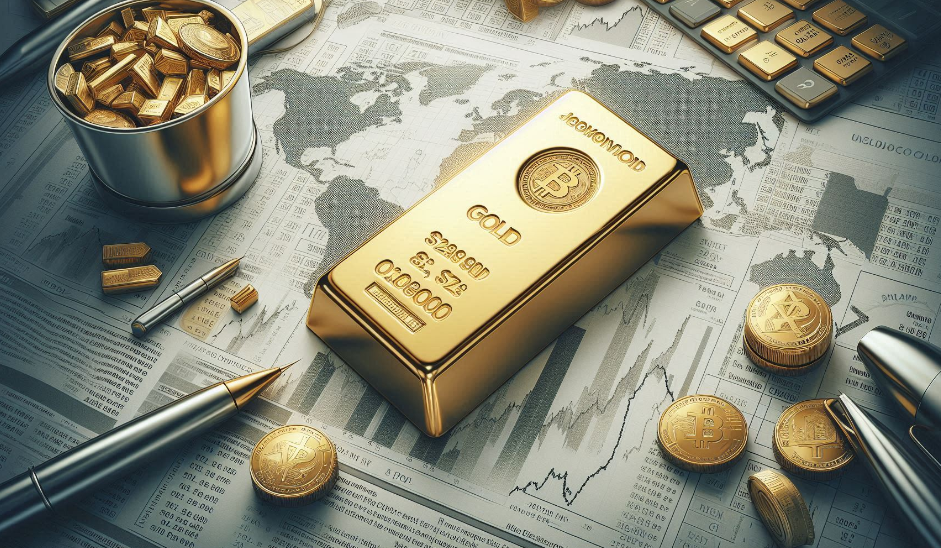
Gold prices have recently been holding their ground, with spot rates currently around $2,660 per ounce. This stability follows a year of fluctuations, with factors like inflation, currency changes, and geopolitical risks playing significant roles in influencing the precious metal’s price trajectory.
Factors Influencing Gold Prices Today
Market Demand and Economic Uncertainty
Gold has historically been a “safe haven” asset during economic uncertainty. Global inflation pressures and interest rate policies from central banks have kept investors’ eyes on gold. Many are buying into gold as a hedge against currency devaluation and volatile equity markets. Recently, the U.S. Federal Reserve hinted at potential future interest rate hikes, which could influence the demand for gold, as higher interest rates tend to strengthen the U.S. dollar, potentially suppressing gold prices. Conversely, signs of an economic slowdown might encourage more investment in gold as a safe asset.
Currency Movements and Dollar Strength
Since gold is priced in U.S. dollars, changes in the currency’s value directly affect the price. A stronger dollar generally makes gold more expensive for foreign investors, dampening demand, while a weaker dollar tends to make it more affordable. Recently, a stronger dollar has capped some of the potential gains in gold prices, although broader demand has kept prices stable.
Geopolitical Tensions and Demand from Central Banks
Gold often experiences price boosts in times of geopolitical tension, as investors seek assets less vulnerable to political turmoil. Central banks worldwide have continued to add to their gold reserves, particularly in countries like China and Russia, where diversification away from the dollar is a growing trend. This demand from national banks has provided steady support for gold prices over the past year.
Inflation and Monetary Policies
Persistent inflation in many major economies has also driven demand for gold, which is traditionally viewed as an inflation hedge. The current inflation rates in the U.S. and Europe have been historically high, pushing up demand for assets like gold that tend to hold value over time. Moreover, the decisions from the U.S. Federal Reserve and European Central Bank on rate hikes or monetary easing directly impact investor sentiment in the gold market.
Market Speculation and Investment Products
Financial products like gold ETFs (Exchange-Traded Funds) have made it easier for retail and institutional investors to buy and sell gold, influencing its market dynamics. ETFs holding large gold reserves affect demand, with fluctuations in their holdings often leading to short-term price shifts.
Short-Term Outlook for Gold Prices
Experts are divided on where gold prices are headed in the near term. Some analysts forecast a decline if central banks continue their tightening measures, while others believe a recession or significant economic downturn could push prices higher as investors seek safer assets. With market analysts predicting economic fluctuations into 2024, the demand for gold could continue as a hedge against prolonged market volatility and inflationary pressures.
Current Global Spot Prices
As of late October 2024, the global spot price of gold is near $2,660 per ounce, reflecting a modest increase of 0.95% since the beginning of the month. Historical data indicates that gold’s value has generally trended upwards over the past five years, with an average yearly increase that highlights its role as a long-term asset in diversified portfolios.